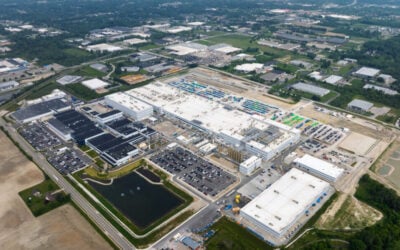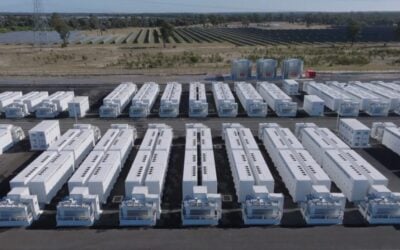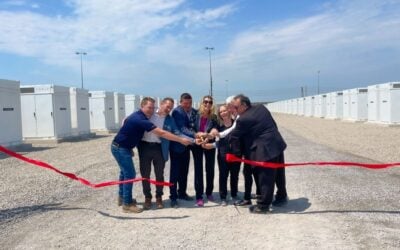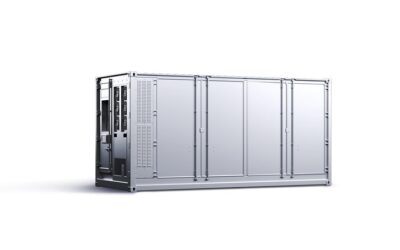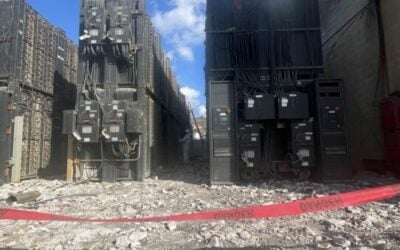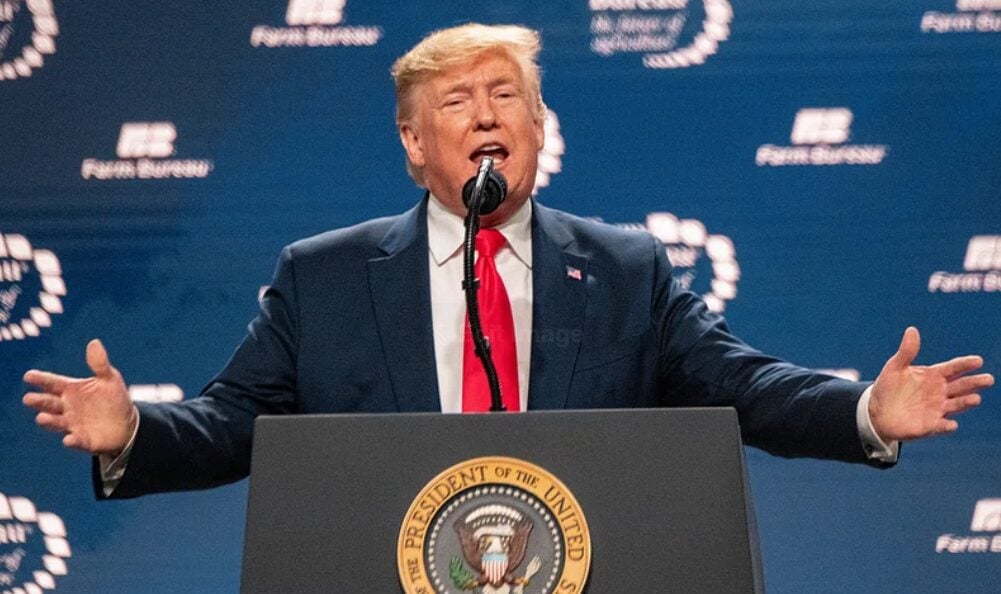
US president Donald Trump has brought in new tariffs on China, Canada and Mexico, which will hit batteries – the kind of move Samsung SDI said could benefit its Korea-based manufacturing.
The executive order was announced over the weekend (1 February) and sees new, additional tariffs of 10% levied on all goods from China, and tariffs of 25% on all goods from Canada and Mexico. Energy resources from Canada will have a lower tariff of 10%.
Enjoy 12 months of exclusive analysis
- Regular insight and analysis of the industry’s biggest developments
- In-depth interviews with the industry’s leading figures
- Annual digital subscription to the PV Tech Power journal
- Discounts on Solar Media’s portfolio of events, in-person and virtual
The measures are in response to what Trump claims is a national emergency and are being done under the International Emergency Economic Powers Act (IEEPA). They primarily aim to prevent the import of products that are used in the production of the drug fentanyl, the centre of the country’s opioid crisis.
Vis-a-vis China specifically, the executive order appeared to be broader in scope: “In response to China’s intellectual property theft, forced technology transfer, and other unreasonable behavior, President Trump acted with conviction to impose tariffs on imports from China, using that leverage to reach a historic bilateral economic agreement.”
The move will see the total tariffs on batteries from China rise to nearly 40%, as written by Energy-Storage.news when Trump announced this set of tariffs in late November, in between winning the election and taking office in mid-January. Lithium-ion batteries from China account for the majority of batteries used for EVs and battery energy storage systems (BESS).
The 10% tariff will combine with a 3.4% tariff on all battery goods and a Section 301 tariff of 25% (from 2026 for BESS, already in-place for EVs) to result in a total tariff on Chinese batteries of around 38.4%.
Batteries and BESS from China have been the major contributor to the increasing cost competitiveness of energy storage globally in the past few years, still accounting for the vast majority of production.
Turnkey BESS prices fell 40% in 2024 to an average of US$165 per kWh according to BloombergNEF (Premium access article). BESS from China fell to around US$101 per kWh, around two thirds less than the cost of BESS made in the US and Europe, BloombergNEF’s data shows. US tariffs on battery goods from China are aimed to supporting the US’ domestic manufacturing industry in light of such price disparities.
Trump has threatened even higher new tariff on battery goods from China, potentially to around 60%, but even that would not stop the momentum of the US energy storage market, Isshu Kikuma, energy storage analyst for BloombergNEF told Energy-Storage.news.
Samsung SDI: “Demand for Korean ESS batteries will increase”
A week prior to Trump’s move, Korean lithium-ion OEM Samsung SDI released its Q4 and annual results in which it said the increased trade measures from the US towards China provided an opportunity for the company.
Revenue fell 23% to KRW16.592 trillion (US$11.3 billion) and net income fell 72% to KRW576 billion. The firm does not break out its results by EVs and ESS but said EV revenue fell while ESS saw a record high revenue (in Q4).
Looking forward, the company said that the US’ stronger ‘against-China’ stance as well as stricter EU CO2 regulations were opportunities for its EV segment. For ESS, it similarly said that demand for Korean ESS batteries will increase due to the increased geopolitical tension between the US and China.
Samsung SDI is also reportedly considering pivoting some production lines at its plants in Korea from producing nickel manganese cobalt (NMC) batteries for EVs, towards lithium iron phosphate (LFP) batteries for BESS. This is both to capitalise on growing ESS demand but also in anticipation of Chinese manufacturers, which dominate LFP, to suffer from the US trade measures. Samsung SDI’s Korean peer LG Energy Solution has announced similar plans.

